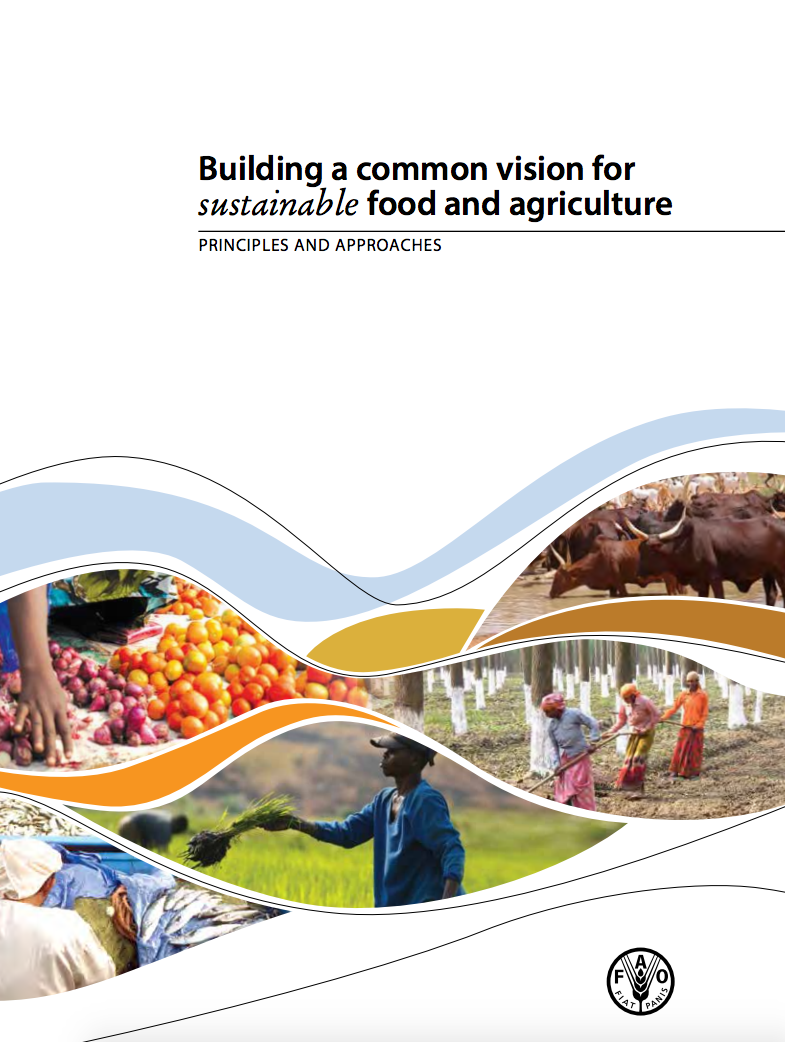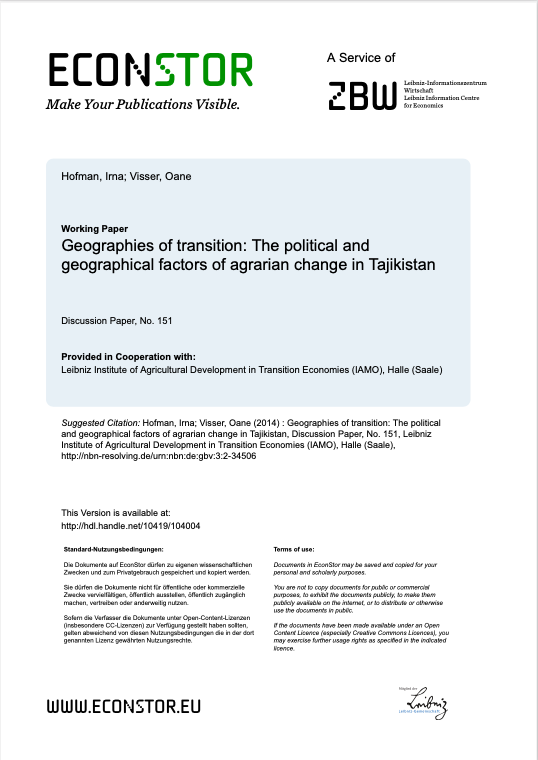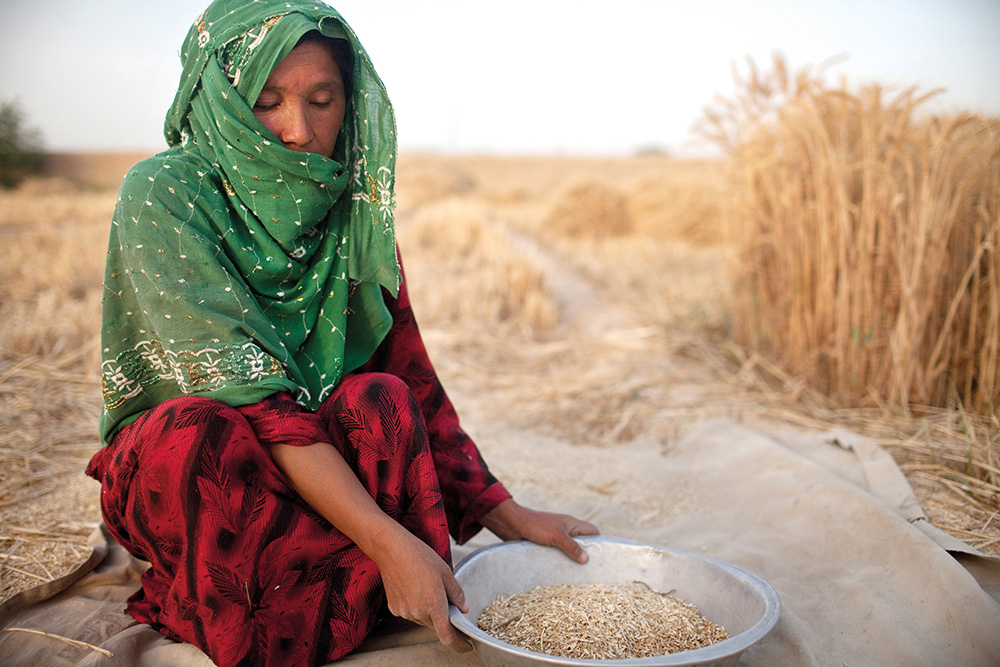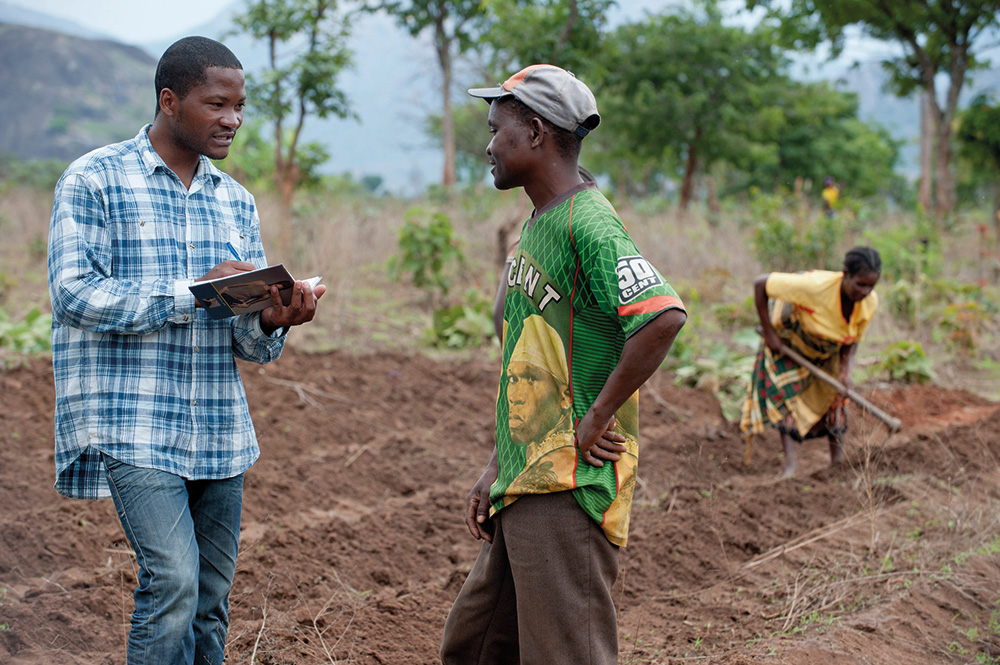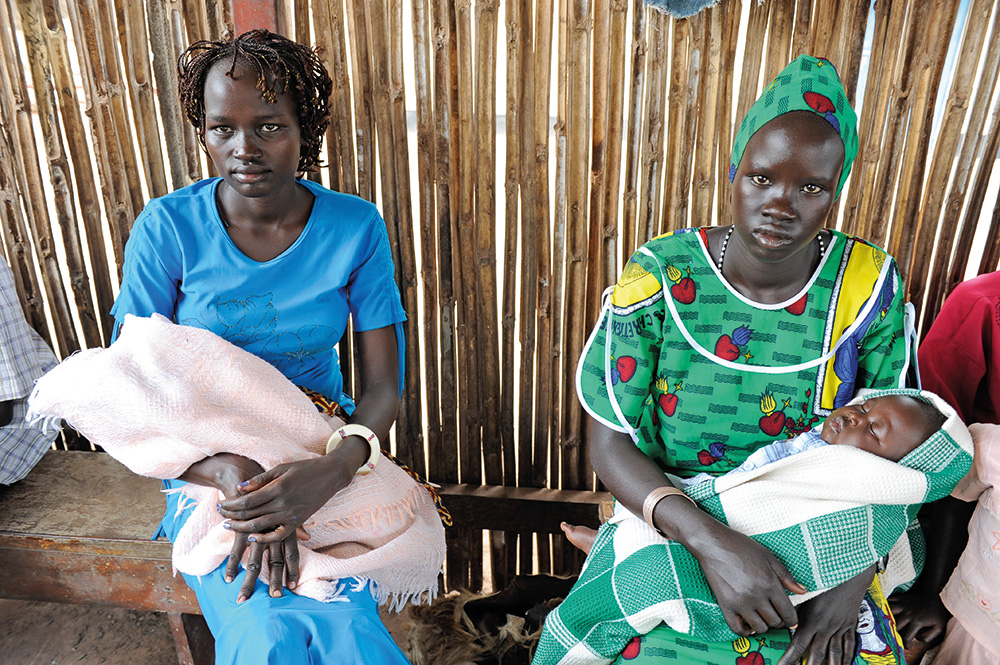Rice fish agri-culture heritage: enduring farms, ensuring livelihoods
Rice fish culture (RFC) of China is a pilot system supported by the FAO-GEF global Initiative on “Conservation and Adaptive Management of Globally Important Agricultural Heritage System (GIAHS)” with the participation of Algeria, China, Chile, Peru, Philippines, and Tunisia.

